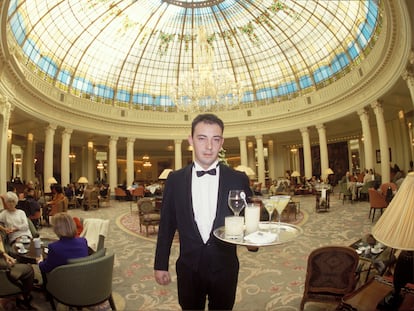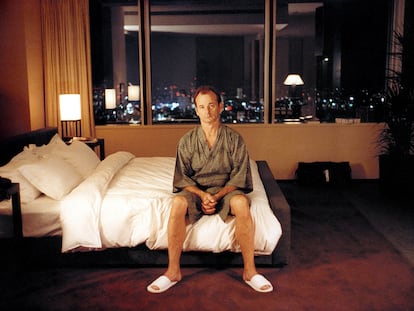The Barbizon Hotel: A sanctuary for women in midtown Manhattan
A book by historian Paulina Bren tells the story of the legendary New York building that became synonymous with female freedom for most of the 20th century
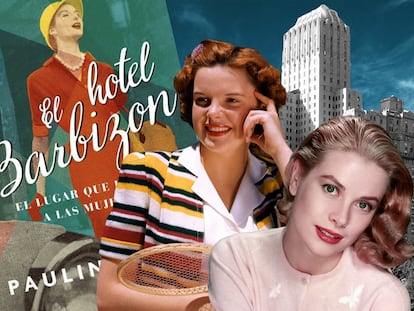
“What girl wouldn’t love this marvelous location to work and study for her future? Ambitious, discriminating young women have for years preferred the Barbizon,” read an advertisement in the April 1966 issue of The New Yorker that also listed the countless amenities (shops, beauty parlor, restaurants, a swimming pool and more) of a place that, from its construction in 1927 until its transformation into a luxury apartment building in 2007, helped to liberate the women of New York – and the world. In the city where trends are born, the Barbizon Hotel officially opened its doors in 1928; an exclusively female residence that, for decades, served as a refuge for some of the most fascinating women in the city and, by extension, the planet. Liza Minnelli, Grace Kelly and Joan Didion were some of the young women who chose it as their base of operations at the beginning of their careers. Others, such as Margaret Brown, the “unsinkable” survivor of the Titanic, ended up there in their last years. However, it was another illustrious guest who inspired historian Paulina Bren to write The Barbizon: The Hotel That Set Women Free, the most exhaustive chronicle of this legendary beacon of sorority.
“Reading Sylvia Plath’s novel, The Bell Jar, which is a fictionalized (barely!) account of her time in New York at the Barbizon in 1953, I was struck by the scene when the protagonist throws her entire wardrobe off the roof of the hotel. As I dug deeper into the research, I realized what this moment, which happened in real life, symbolized for Plath. In letters to her mother before her arrival in New York that summer, Plath writes at length about the wardrobe she is collecting – listing and justifying the costs – for what she imagines will be her grand entry into New York’s literary society. But, instead, the summer turned into a summer of drudgery and aching self-doubt that soon evolved into something much more serious, a mental breakdown. The promise of that wardrobe never materialized,” explains Bren to EL PAÍS.
The hotel was located at the corner of Lexington Avenue and 63rd Street and built in a style that architecture magazines defined as a “Romanesque sort of Gothic.” The building’s four towers and the arched lobby windows were intended to contrast warmly with the “mechanistic effect” of the skyscrapers that surrounded it. With 23 floors and 720 rooms, it was the temporary home for debutantes from all over the country who tried to escape their rural fates. Bren acknowledges that there was always a certain elitist tinge to the Barbizon’s requirements: applicants (who were judged on appearance and manners and were required to submit three letters of recommendation at least a year in advance) were usually white, upper middle class women. “The Barbizon was not cheap,” the author admits, “but despite its pretense of catering to the upper class, inside its walls, its residents were incredibly diverse socio-economically.”
While other female residences of the time closed down, the hotel succeeded. No men were allowed beyond the lobby. And the Barbizon residents were professionals, mostly artists (painters, musicians and actresses) and secretaries in training at the prestigious Gibbs Academy, which occupied several floors of the hotel in the 1930s and taught students basic protocol and fashion rules, as well as typing. Several modeling agencies reserved rooms for their clients, which earned the Barbizon the nickname of “the dollhouse.”
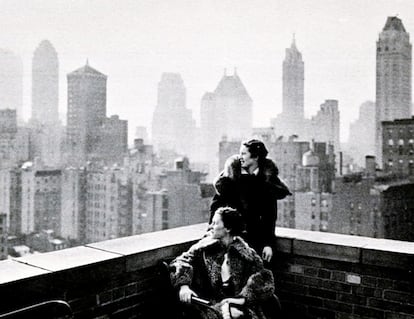
Despite the severity of its rules regarding visits and schedules, between the 1920s and the 1970s, the Barbizon became synonymous with freedom for several generations of women, “precisely because of the time and place: this was a time when a women-only space meant respectability, which in turn meant independence. Many parents would not let their daughters come to New York unchaperoned unless they lived at the Barbizon Hotel – that was certainly the case with Grace Kelly’s parents. She managed to convince them that instead of going to university, she would attend the School of Dramatic Arts in New York, by promising to stay at the Barbizon.” Later, Judy Garland would allow her daughter, Liza Minnelli, to stay at the Barbizon, although she used to drive the staff crazy by calling every three hours to check on her; if she was not in her room, she made them go look for her.
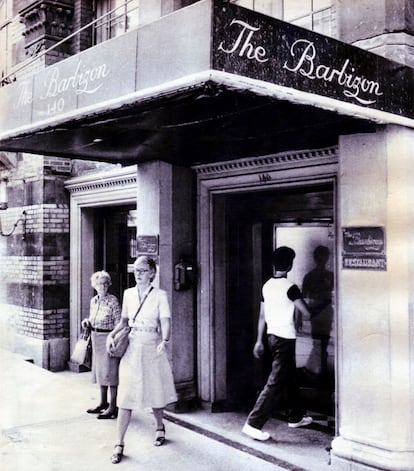
For some women “it was the best experience of their lives, and would remember it as such; other women won’t even talk about it,” says the author, regarding the difficulty of collecting testimonials for her book. “It’s very difficult because through much of the 20th century, women had very early ‘sell-by-dates,’ meaning they had to be married by a certain time, preferably mid-20s, and if they had not, they were considered failures. In that environment, it was hard not to feel competitive, or to be pitted against one another. What was happening inside the hotel was a reflection of what was happening on the outside,” she points out.
The history of the Barbizon is the history of New York City, and Bren’s book contains both: from the Roaring 1920s (when the guests used to sneak out to stay up late at the speakeasies of the Prohibition era) to the turmoil of the late 1970s, with a city at its lowest point and some immobile tenants – known simply as “The Women” – who, thanks to rent control protection laws (a legal phenomenon that for decades allowed some people to pay anachronistic rents in midtown Manhattan), impeded the much-needed restorations of a building that painfully showed the passage of time.
In recent decades, the Dutch chain KLM Tulip first, and later the hotelier Ian Schrager, tried to reopen the Barbizon as a contemporary hotel, without success. In 2007, it was divided into luxury apartments, with illustrious owners and/or tenants such as Salma Hayek, Ricky Gervais and the Italian jeweler Nicola Bulgari. But some rooms reserved for “The Women” remain (in fact, seven of them still live there). “I think the time for a Barbizon has passed, but what hasn’t passed is the desire for young women – and men – to come to New York to try to make something of themselves, to act on their ambition,” concludes Bren.
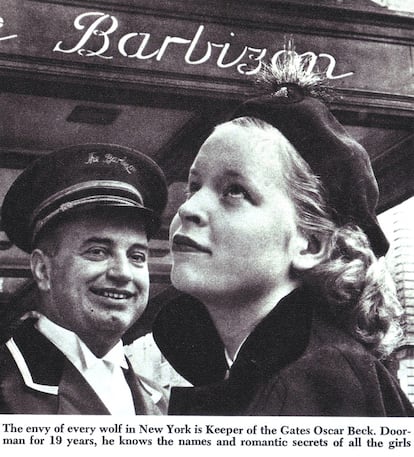
Tu suscripción se está usando en otro dispositivo
¿Quieres añadir otro usuario a tu suscripción?
Si continúas leyendo en este dispositivo, no se podrá leer en el otro.
FlechaTu suscripción se está usando en otro dispositivo y solo puedes acceder a EL PAÍS desde un dispositivo a la vez.
Si quieres compartir tu cuenta, cambia tu suscripción a la modalidad Premium, así podrás añadir otro usuario. Cada uno accederá con su propia cuenta de email, lo que os permitirá personalizar vuestra experiencia en EL PAÍS.
¿Tienes una suscripción de empresa? Accede aquí para contratar más cuentas.
En el caso de no saber quién está usando tu cuenta, te recomendamos cambiar tu contraseña aquí.
Si decides continuar compartiendo tu cuenta, este mensaje se mostrará en tu dispositivo y en el de la otra persona que está usando tu cuenta de forma indefinida, afectando a tu experiencia de lectura. Puedes consultar aquí los términos y condiciones de la suscripción digital.
More information
Archived In
Últimas noticias
Maduro pleads not guilty before the federal court in New York: ‘I am still the president of Venezuela’
A new test can detect Alzheimer’s from a finger prick
UN team enters Sudanese city of El Fasher after paramilitary massacre: ‘It’s like a ghost town’
A recipe for resistance: Indigenous peoples politicize their struggles from the kitchen
Most viewed
- Gilles Lipovetsky: ‘If you want to live better and fall in love, take Prozac, don’t look to philosophy’
- Alain Aspect, Nobel laureate in physics: ‘Einstein was so smart that he would have had to recognize quantum entanglement’
- Alvin Hellerstein, a 92-year-old judge appointed by Bill Clinton, to preside over Maduro’s trial in New York
- Why oil has been at the center of Venezuela-US conflicts for decades
- Maduro’s downfall puts China’s relationship with Venezuela to the test
